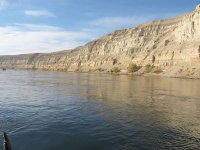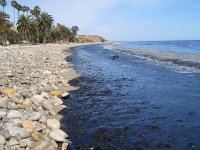Since the 1970s, Congress has enacted federal laws to protect and address harm to natural resources.
History of the Program
Each year, oil and toxic chemicals from ships, pipelines, and hazardous waste sites contaminate our nation’s coastal waters. Sometimes, we see large spills that capture the attention of the public with immediate and obvious impacts such as oiled shorelines or closed fisheries. Sometimes, the impacts, such as declines in wildlife reproduction, are more subtle or take much longer to become apparent. But the injury to our coastal resources is always something to take seriously.
Within the government, trustees act on behalf of the public to carefully review these incidents and help clean up contaminants and restore injured resources. At NOAA, the Damage Assessment, Remediation, and Restoration Program (DARRP) leads this process.
DARRP was formally created in 1992 following the Exxon Valdez oil spill in 1989. DARRP is administered by three offices within NOAA, who collaborate on the natural resource damage assessment process. The Office of Response and Restoration’s Assessment and Restoration Division handles scientific assessments; the Office of General Council negotiates legal matters; and the Restoration Center implements restoration projects.
DARRP staff include scientists, economists, restoration experts, and attorneys. This multidisciplinary team works closely with other agencies, industry, and citizens to protect coastal and marine resources, respond to pollution incidents, assess risk and injuries, and restore those resources when injured.





